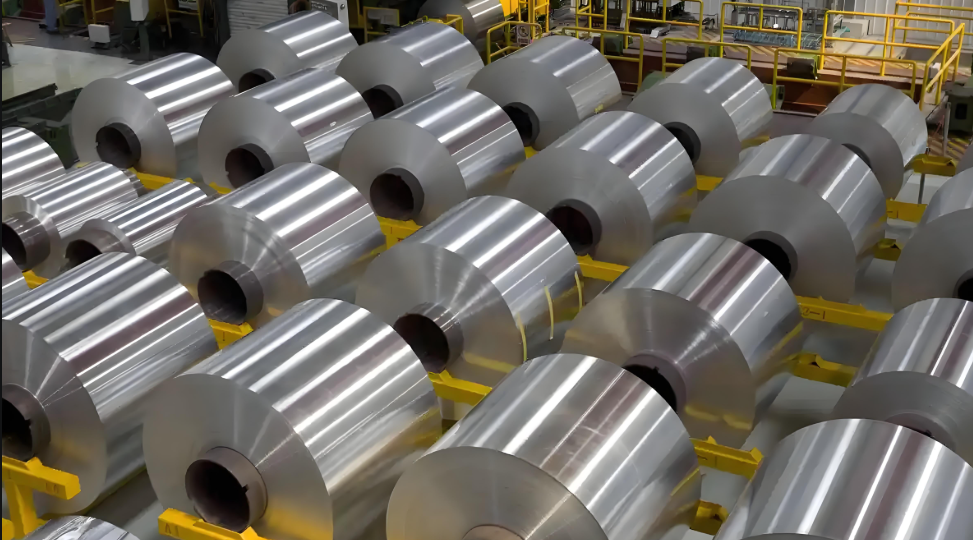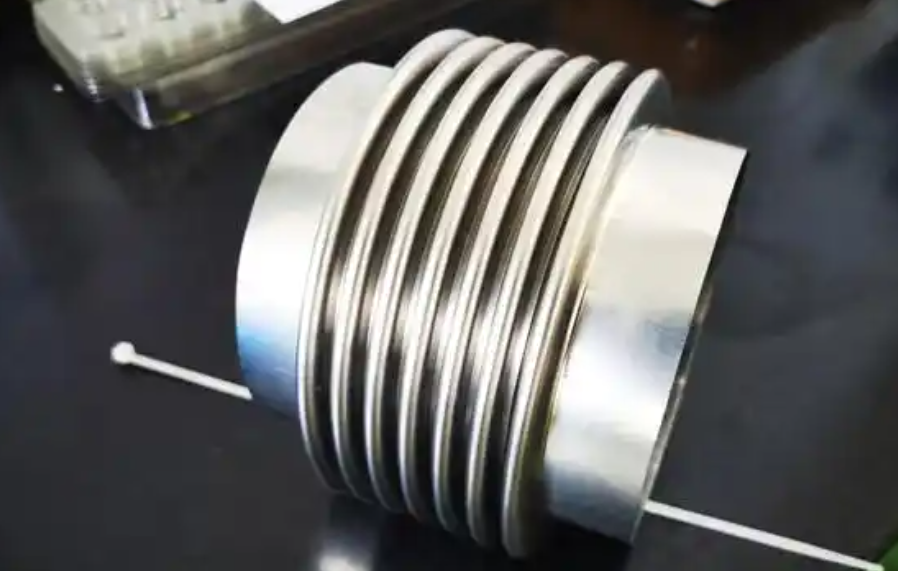Demagnetization
Contact ZXS For Your Precision Stainless Steel Strips Solutions
Get in Touch with Us
*Indicates a Required Field
ZXS mastered in the mature demagnetization processing on cold-rolled stainless steel strip over ten years. The magnetic permeability of the stainless steel strip is reduced to below 1.002 μto meet the needs of customers in the electronics industry, so as to achieve the effect of improving the economic efficiency of production. It supports customized production of low magnetic and weak magnetic in hard stainless steel strips, to meet the requirements of end customers.
Magnetic permeability control for
Stainless steel strips
Why austenitic stainless steel with magnetism?
Generally speaking, austenitic stainless steel is non-magnetic or weakly magnetic, but some austenitic stainless steel is not necessarily a complete austenitic structure, so some austenitic stainless steel will show weak magnetism. Martensitic stainless steel and ferritic stainless steel are magnetic because of the ferromagnetism of the martensitic and ferritic structures themselves. Therefore, austenitic stainless steel is close to non-magnetic only in the case of vacuum, when its permeability μr is close to 1.0.
The reason for the magnetic formation of stainless steel is due to the improper segregation or heat treatment of the composition of the stainless steel billet smelting, which will lead to a small amount of martensitic or ferritic structure in the austenitic stainless steel, so that it will have a weak magnetic.
After the cold processing of stainless steel, its structure will be partially converted into martensite, the greater the degree of cold processing deformation, the more martensite conversion, the higher the corresponding magnetic properties.
When the stainless steel workpiece is processed, its edge is in close contact with the high-hardness carbon steel, so that the radial of the edge of the working face is assimilated by the carbon steel and produces magnetism.


How to demagnetization?
Stainless steel demagnetization is an essential processing, which can reduce the magnetic properties of stainless steel and improve the performance and use effect of stainless steel strips. According to the specific application of different situations and requirements to choose the appropriate process for degaussing.
Common stainless steel degaussing processes include: heat treatment method, mechanical treatment method and magnetic field treatment method.
1. Heat treatment method (hot annealing method)
The stainless steel is processed to a certain temperature and cooled slowly after holding for a period of time. This method can eliminate or reduce magnetic properties by changing the crystal structure of stainless steel.
2. Mechanical treatment (extrusion, stretching)
The stainless steel material is extruded through the extrusion equipment to make it undergo plastic deformation. This method can change the crystal structure and magnetic domain arrangement of the material, thereby eliminating and reducing the magnetism. Another method is to stretch the stainless steel material through the stretching equipment to make it plastic deformation, which can also disrupt and rearrange the magnetic domains in the material, thereby reducing the magnetism.
3. Magnetic field treatment (high temperature, low temperature)
After the stainless steel is heated to a certain temperature, it is demagnetized under the action of an external magnetic field. This method can eliminate or reduce magnetism by changing the microstructure inside the material. The stainless steel is demagnetized in a low temperature environment through the action of an external magnetic field, which can eliminate or reduce the magnetism by changing the microstructure inside the material.
Every Interaction Counts!
*indicates a Required Field

